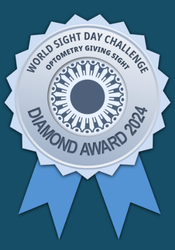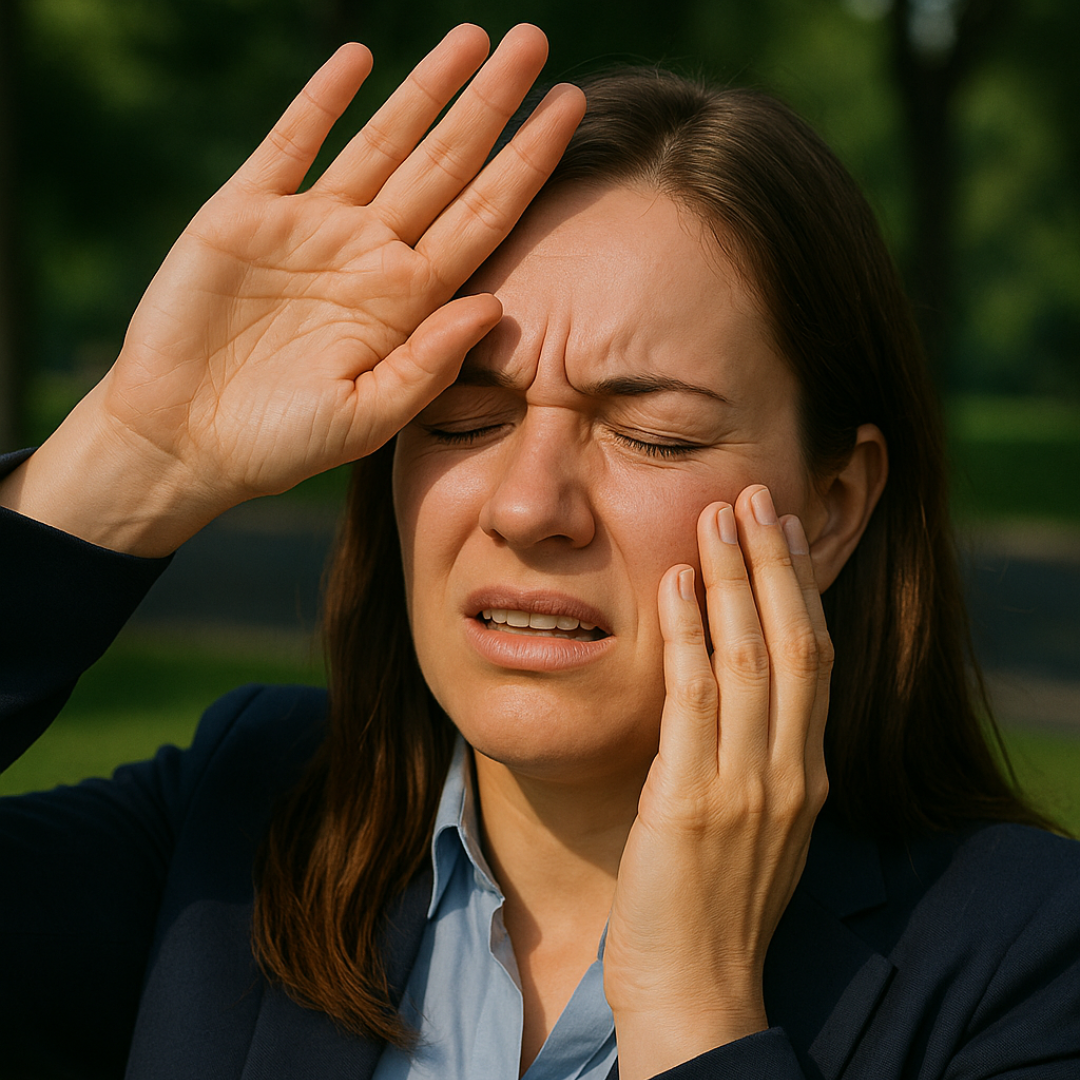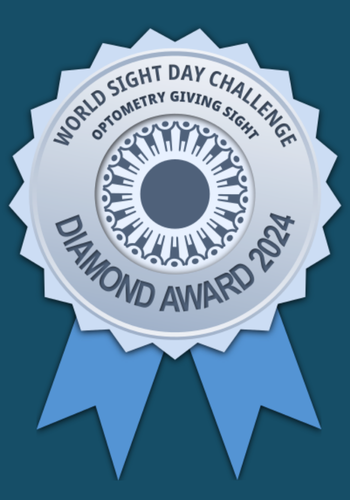Dry eyes? There are many treatment options
With the onset of winter in Alberta, we see more of our patients coming in with sandy, gritty, burning, and even watery eyes. Most often these folks are suffering from dry eye syndrome.
The “tear film” is a thin layer of moisture that covers our eyes. It’s quite complex and is comprised of 3 distinct sub layers. A deficiency in any one of these sub layers can result in dry eyes. Dry eye symptoms generally increase with age, and can be worsened by exposure to forced air sources (ceiling fans, heating vents), computer use, smoking, contact lens wear or driving extensively. Certain prescription medications such as diuretics, blood pressure medication, anti-depressants and anti-allergies can also worsen dry eye symptoms.
The treatment of dry eyes has evolved considerably in recent years, and depends on the cause. Many of our patients actually have a problem with their eyelids that can contribute to a faulty tear film. The glands that help create the sub layers of the tear film may be blocked or ineffective. During your eye exam you will be assessed for these problems and put on a treatment program to help solve your eyelid problem if thought to contribute significantly to your dry eyes.
If you wear contact lenses, the fit of your contacts as well as the replacement schedule or cleaning system may be modified to reduce your dry eye symptoms. Many solution care systems contain preservatives that can break down the tear film and lead to dry eye symptoms. Significant deposits on your lenses may also lead to discomfort and increased risk for eye health problems.
Computer users have special challenges that cause their rate of blinking to decrease and lead to problems with “evaporative dry eye”. We will ask you about your ergonomics during your eye exam (how your computer monitor is set up relative to your eyes) and making changes in these areas can improve dry eye symptoms dramatically.
Diet and nutrition plays a significant role in dry eye therapy. The problems with the tear film and even the eye lids can be the result of inflammation at the cellular level, and dietary choices that reduce this inflammation can have amazing results with dry eyes. In particular, getting more omega 3 nutrients (found in cold water fish such as salmon) and less omega 6 and 9 (from fatty foods) can tip the balance towards a healthier tear film and less dry eye. A good quality triglyceride form omega 3 supplement has helped many of our patients with their dry eye symptoms.
Drinking enough water throughout the day, adding a humidifier to your environment and using specially prescribed artificial tears are other ways to minimize dry eye symptoms. There are also relatively new prescription medications – depending on the severity of your symptoms your optometrist may recommend these newer medications that have been proven to be very effective at combating dry eye problems.
Dry eye treatment, as you can see is a multi-faceted approach. Don’t suffer in silence – book an appointment with our optometrists so we can decide which treatment will be most effective for you.
-Dr. W












